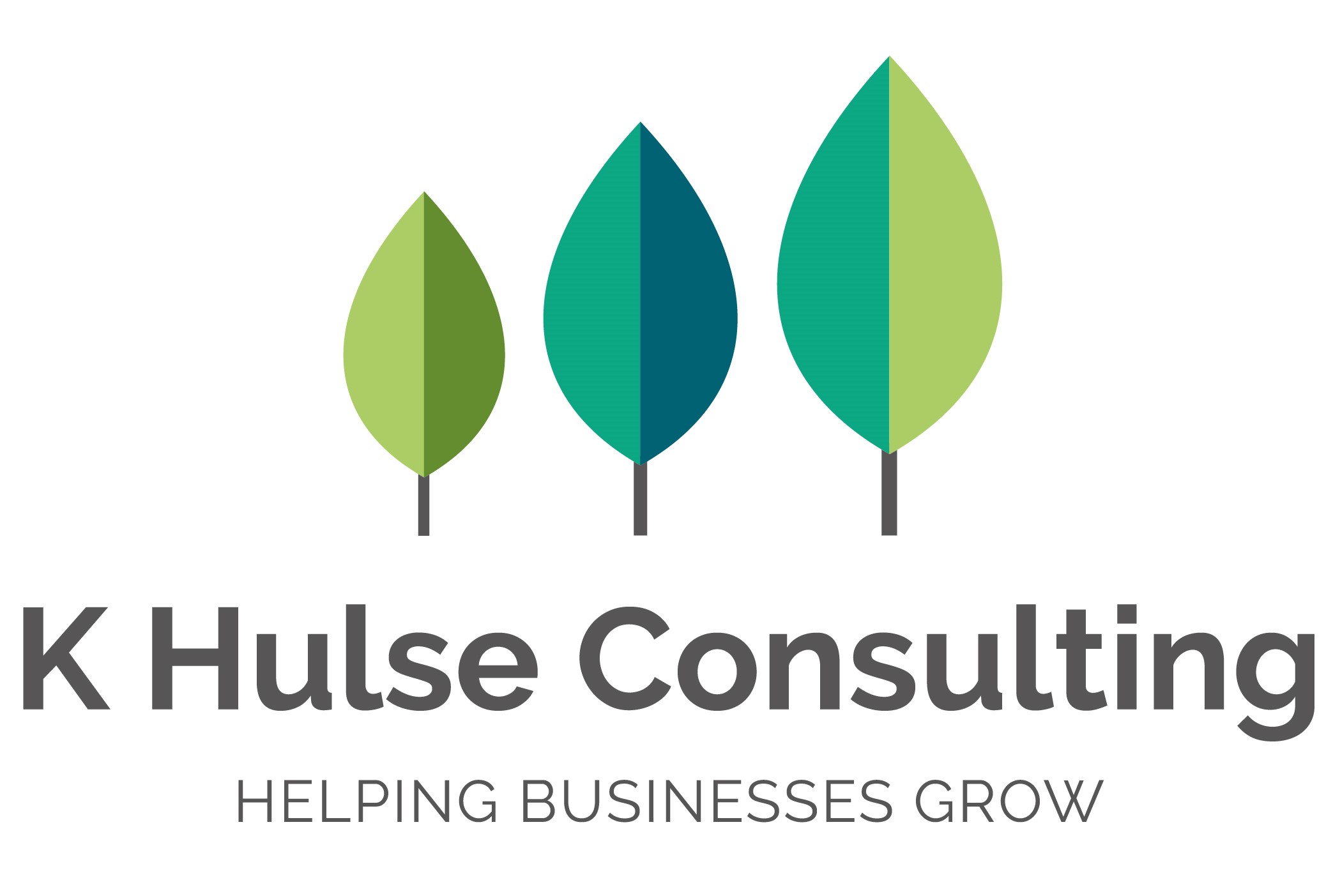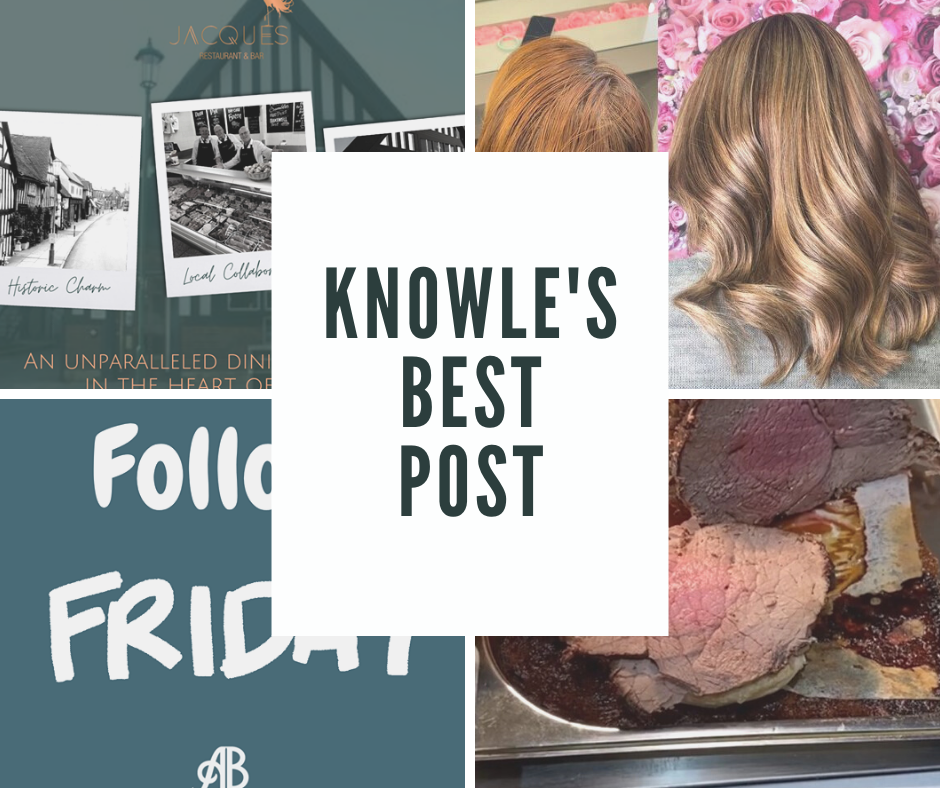How do you get conversations started on social?

Read this quick guide on some conversation starters for you. I’ve used a pet shop in my example conversation starters.
Ask opinions
Ask your followers to tell you what they think about products, ideas or images. Mix up your questions to invite short or long answers depending on the subject. You can then use the same questions to create polls and questions on stories.
“Do you prefer cats or dogs”?
“What do you think is the perfect first pet for a family home?”
Invite a question
Your followers see you as an expert, and inviting questions from them help you establish your expert credentials, your brand authority, or simply inject a little fun into your posts. One of your content pillars could be “ask me a question” with a different theme each time based on your product range, specific skills for your industry or even about your business. Don’t worry about attracting questions you won’t know the answers to – you can take your time to research the answer, or even invite them to give you a call or pop in to talk about it further.
“Ask me anything about training a dog”
“Ask me about attracting birds to the garden”
“Ask me anything about feeding cats”
Invite recommendations from followers
We often like to share recommendations, and asking followers for theirs may or may not be industry related. You could simply link it to what’s going on with you or your team. You could even ask for recommended top tips.
“We fancy lunch out today, where would you recommend?”
“We’ve got a rare Saturday free, tell us your favourite places for a day out”.
“What would your advice be to a new dog owner”?
Ask for memories
Many of us love reminiscing and memories can generate ongoing conversations between followers.
“Who can tell me what used to be here before us”?
“What’s your favourite memory from the puppy days“?
“What animal was your first pet”?
Piggyback events & news to start conversations
Sharing trending news stories and events can help conversations start online.
“Who do you think will win tonight”?
“If your pet entered the Commonwealth Games, what sport would it compete in?
Share interesting stats that might prompt comments
Bizarre and little known facts can entice comments and conversation.
“Did you know the cocker spaniel was the first cancer detecting dog?*”
Watch and learn
Look at previous posts that have worked well and take away learnings so you can repeat best practise. Following other businesses that generate great engagement can also inspire you – watch and learn from other businesses.
Doing all of above and still not getting engagement? Double check whether your images are stopping the scrolling thumb & check the timing of your posts.
And finally….
Don’t forget to reply and keep the conversation going. You can even tag in other people to invite them to join in.
Don’t forget you can repurpose the comments you get to create blogs and future posts.












